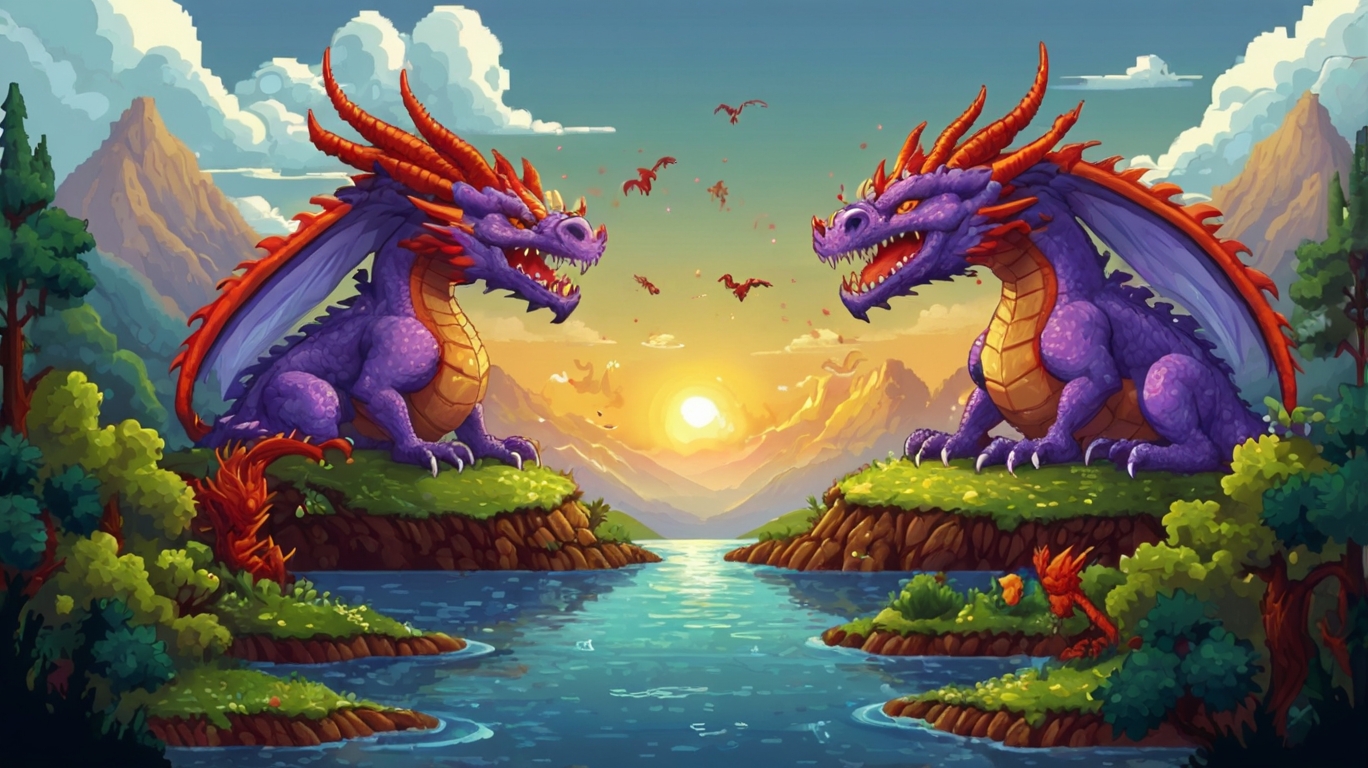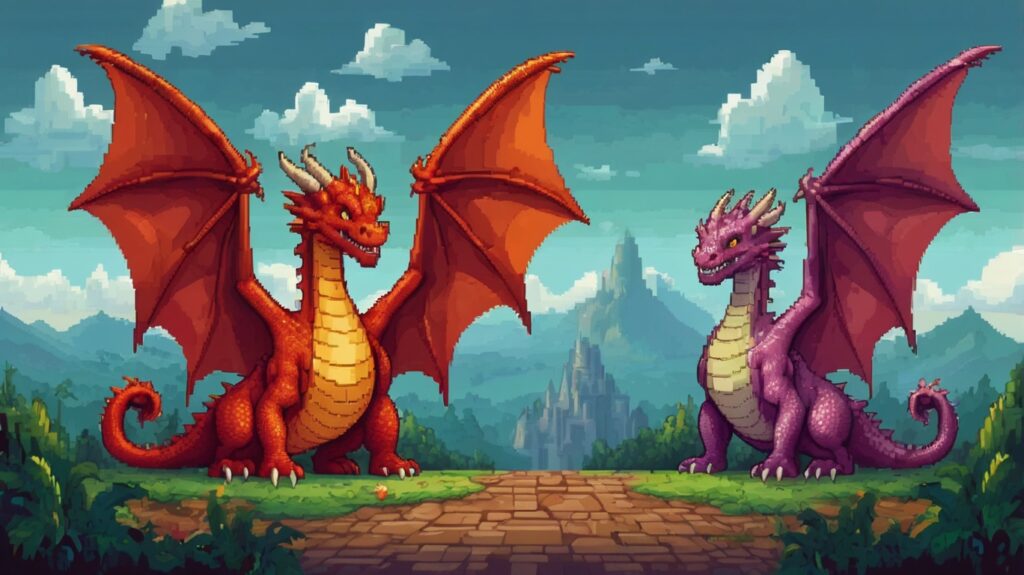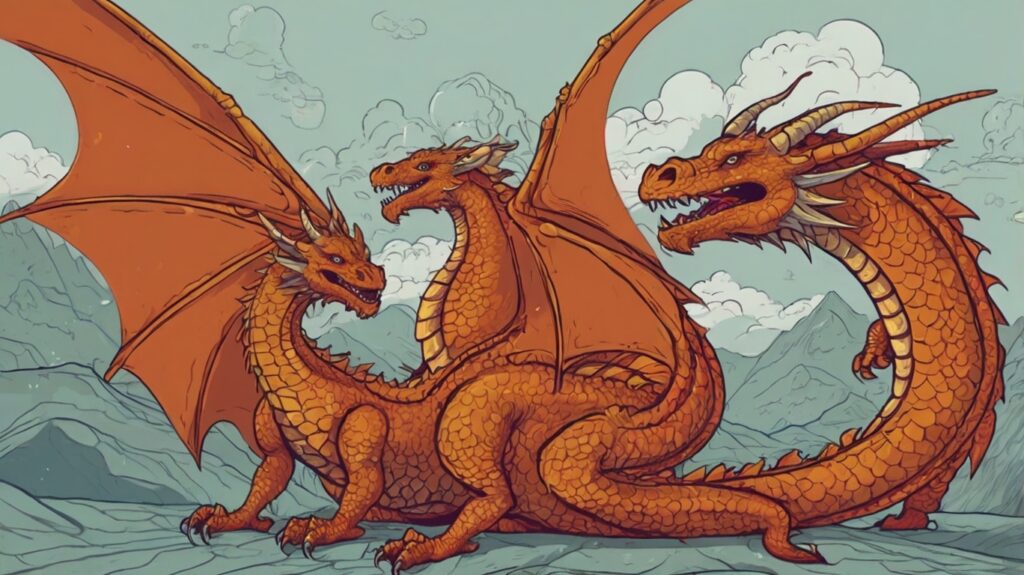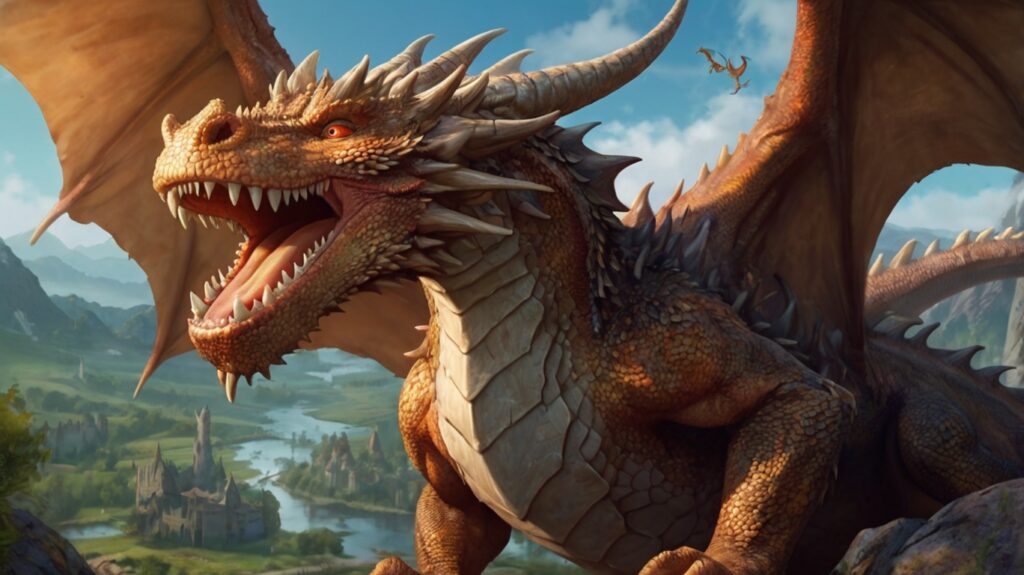
2D art is crucial to game development, bringing characters, environments, and UI elements to life. Whether a game is AAA, indie, or mobile, its visual identity and immersive appeal are defined by its 2D art. This article will examine the various forms of 2D art, their styles, and the standards of quality that characterize excellence in the field.
2D Art Styles in Game Development
The choice of art style affects the game’s atmosphere, narrative, and overall player experience. Here are some of the most popular 2D art styles used in games.

1. Pixel Art
- Inspired by retro games of the 8- and 16-bit era.
- Creates intricate settings and characters using pixel graphics.
- Examples: Celeste, Stardew Valley, Hyper Light Drifter.
2. Vector Art
- Created using scalable vector graphics, which provides a sharp image at any resolution.
- It is often used in mobile games and regular browser games.
- Examples: Angry Birds, Cut the Rope.
3. Artistic Painting
- Features detailed, picturesque visuals with rich textures and shading.
- Creates an artistic, immersive feel similar to traditional paintings.
- Examples: Hollow Knight; Ori and the Blind Forest.
4. Cel Shading
- Uses bold outlines and flat hatching to resemble comics or anime.
- Often found in action games and visual novel hybrids.
- Examples: Cuphead, Persona 5.
5. Flat Art & Minimalist Design
- Uses simple shapes, minimal shading, and a limited color palette.
- Ideal for mobile games and casual indie titles.
- Examples: Monument Valley, Alto’s Adventure.

6. Realistic 2D Art
- Emulates photorealism with detailed textures, lighting, and depth.
- Often used for game UI elements, visual novels, or cinematic cutscenes.
- Examples: Lifeline, The Banner Saga.
Types of 2D Art in Games
2D art extends beyond just character and environment design. It includes several categories that contribute to the overall aesthetic of a game:
1. Character Art
- Designs for main characters, NPCs, and enemies.
- Includes concept art, animations, and sprite sheets.
2. Environment Art
- Backgrounds, scenery, and components of world-building.
- Defines the game’s atmosphere and setting.
3. UI & HUD Elements
- User interface components like health bars, menus, and icons.
- Ensures usability and an engaging player experience.
4. Props & Objects
- Interactive elements such as weapons, tools, and collectibles.
- Enhances world-building and gameplay mechanics.
5. Effects & Animations
- Special effects like explosions, magic spells, and lighting effects.
- Adds movement and dynamism to 2D visuals.

Quality Standards for 2D Art in Games
Providing high-quality 2D art requires adhering to industry standards, technical requirements, and artistic principles:
1. Consistency
- The art style should remain consistent throughout the game to maintain a cohesive and immersive experience.
- Example: A game using pixel art should ensure that all assets have the same resolution, shading techniques, and level of detail.
2. Resolution and Scalability
- Graphics should be crisp across different screen sizes and resolutions.
- Artists should create high-resolution objects and use downscaling when necessary to prevent pixelation.
- Example: Mobile games often require scalable assets to ensure smooth device performance.
3. Smooth Animation
- Smooth and crisp frame transitions improve character movement and the game’s responsiveness.
- Frame-by-frame animation and animation techniques can improve fluidity.
- Example: In Cuphead, fluid animation mimics traditional hand-drawn animation, giving characters lively expressions and dynamic movement.
4. Color Theory and Readability
- Proper contrast, saturation, and color harmony improve visual appeal and clarity.
- UI elements should stand out without overwhelming the player.
- Example: In Hollow Knight, the dark, atmospheric world contrasts with glowing elements to draw the player’s attention.
5. Performance Optimization
- Efficient file formats, compression methods, and texture atlases help balance image quality and performance.
- Reducing unnecessary background details and using tile-based assets can help optimize gameplay.
- Example: Games like Stardew Valley use tile systems to optimize playback performance without sacrificing quality.
Conclusion
2D art is a fundamental aspect of game design that shapes the player’s visual experience. The variety of styles and techniques of 2D art offers endless possibilities for creativity. By adhering to quality standards and artistic principles, 2D artists can create stunning visual effects, raising the quality of the game to unprecedented heights. At Melior Games, we specialize in creating high-quality 2D art that meets the latest industry trends. Whether you are developing a mobile hit, an indie project, or a full-scale game, our team is ready to bring your vision to life!




